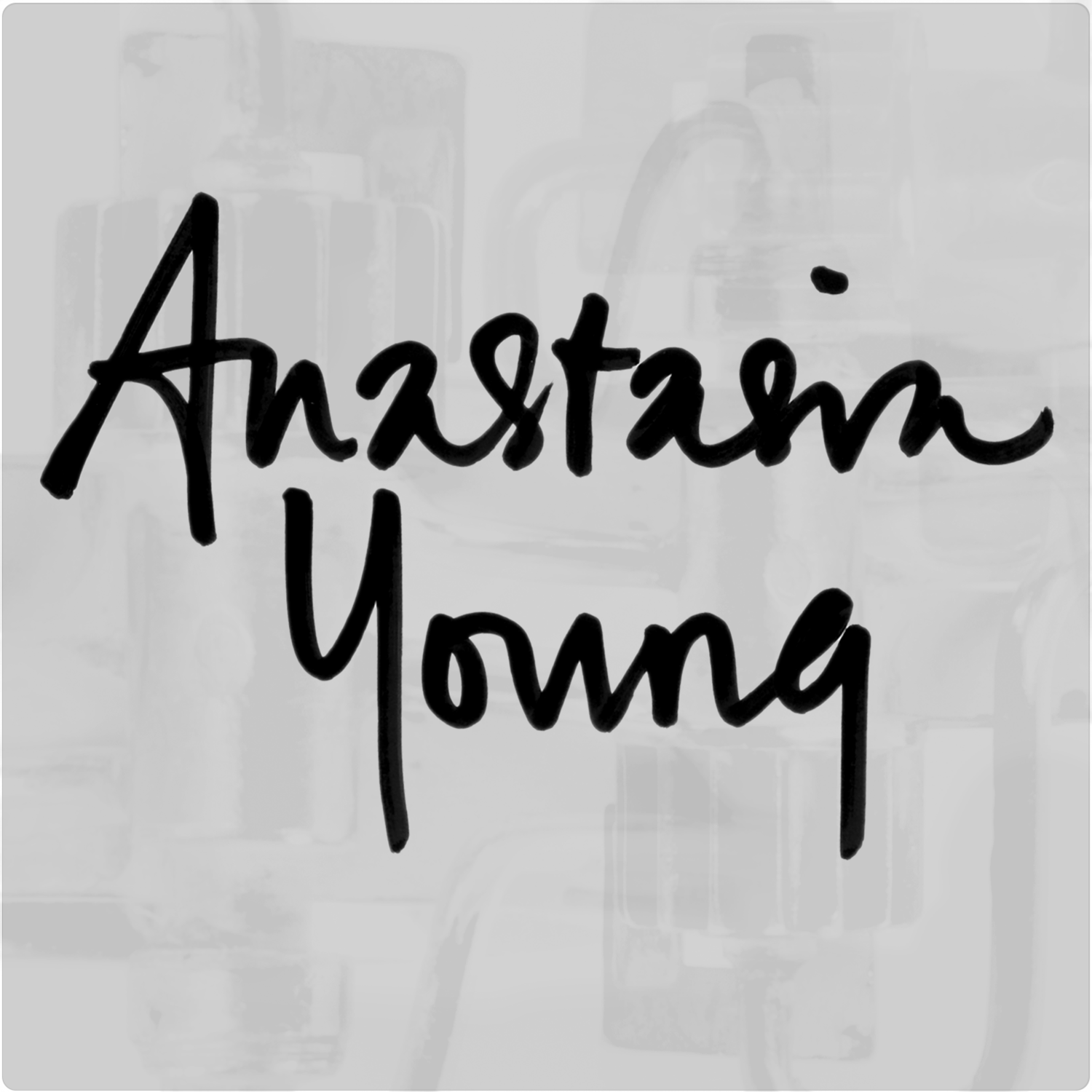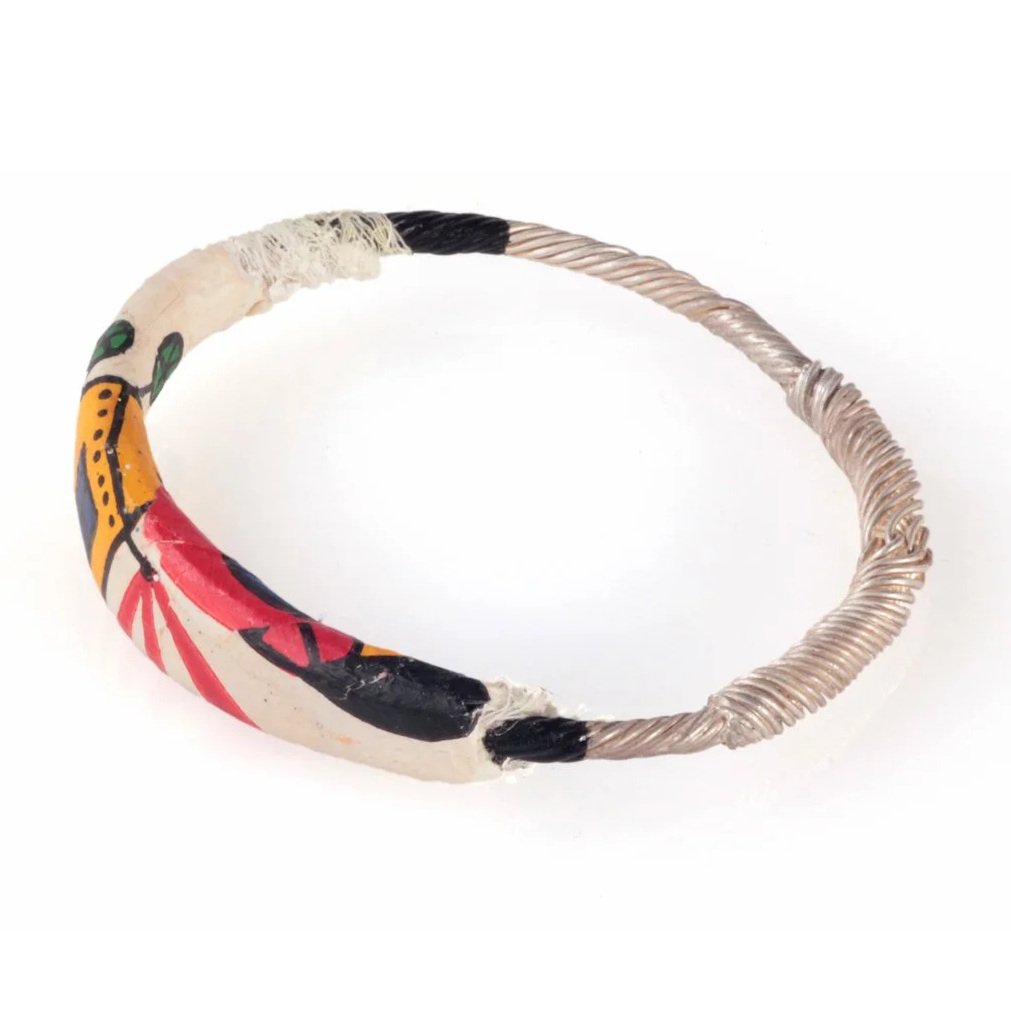Private House Bangles, Revised.
This project began as a revision to research conducted some years before, which centred around the book ‘Private House Electric Lighting’ (by F H Taylor, Percival Marshall & Co., 1904) as part of my Masters at the Royal College of Art. I was particularly interested in the methods for splicing (connecting and joining) wires and subsequent insulation methods which were described in the book because they differ so greatly from the methods we have today for transferring electricity, utilising a number of different materials (plastics were not readily available in 1904) as well as skilled craft practices. (Noting that the author is an associate member of the Institution of Electrical Engineers and a member of hte Society of Arts!)
I am fascinated by the visual language of function, and whilst the aesthetics of gears and wheels used in mechanical devices are ubiquitous, well-understood and describe their consequential actions, the functional aspects of moving electricity around are far less visibly obvious. The methods and materials described in this book have many interesting overlaps with jewellery-making and I wanted to make another attempt at interpreting these inspirational and forgotten processes in my work. Using the book in this way gave me a certain freedom to make design and materials decisions which are outside of my usual visual vocabulary.
At the time, I had been living in an old house in London (I think it was built around 1890) for a long time, and although I have been curious about when it acquired electricity ( we did find an installation manual from the 1970s in the cellar), I became more interested in the ways in which the house shows (and hides) aspects of its history. The most useful source of raw material that I found to work with was different layers of wallpaper which were still present behind some of the radiators. These dated from throughout the twentieth century and are glorious pieces of historical design. They speak of changes over time, taste (both personal and societal) and also give information about who was living in each room; a particular favourite is the brightly coloured modernist vehicles design from an upstairs bedroom.
The series of bangles that were produced through the amalgamation of wire-work and layers of mixed materials create a homage to the house and its unique history. I felt, at the time of making, that there was a tangible sense that even though I had lived in this house for almost fifteen years, I was just a very temporary fixture and the traces which my time here will leave are (paradoxically) both ephemeral and lingering.
As it turned out, this was very true. I was evicted from the London house after 17 years in 2022; it was painted white throughout and sold, starting another chapter in its life. Perhaps these bangles are the last lingering physical trace of the house that connects to me, a kind of portable reliquary, a gracious acknowledgement of my time there - their layers of materials may erode through use, but the core structure will remain and could be redecorated with a fresh layer of wallpaper.
The wire-work is functional for the structure of the pieces, but in the case of Private House Bangle One, also graphically descriptive and suggestively diagrammatical. Bangle One is almost representative of an electrical circuit, and becomes a signifier for the greater whole—one small part of a circulatory system of electricity representing an infinitely complex structure. The exposed metal structures of Bangles Three and Five create a tension which hints at the vulnerability of the house, as well as its strength as a ‘home’. The layers of insulation provide protection from outside dangers, but also creates a barrier between us and the internal functional structure of the house; the London Assay Office hallmark on Bangle Three is concealed beneath the layers of plaster, textile and wallpaper, perhaps until some future renovation takes place.
Private House Bangle 1: Acorns.
Sterling silver, vintage wallpaper, varnish.
Private House Bangle 2: Dining room
Gilding metal, textiles, plaster, vintage wallpaper, vellum, varnish.
Private House Bangle 3: Modernist vehicles
Sterling silver, textiles, plaster, vintage wallpaper, varnish.
Private House Bangle 4: Coil
Oxidised sterling silver, 24ct gold foil Keum Boo.
Private House Bangle 5: Wire core
Copper, vintage textiles.
So far, these bangles have been exhibited at:
Jewellery Matters, Barbara Christie Case, Morley College, London, 2017
Verdadero es lo hecho: Exvotos y joyería contemporánea, Museo de Arte Popular, Argentina, 2019
Our House, Forgespace, London, 2025
Private House Bangles on display at Museo de Arte Popular, Argentina, and a page from the exhibition catalogue.




















